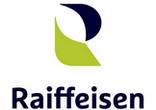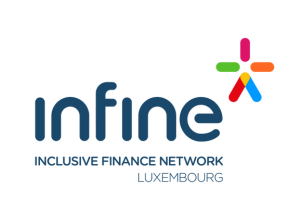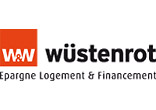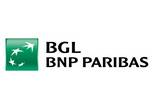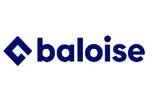
Sustainability and Suitability
While the EU Commission is accustomed to big regulatory plans, generally synchronized with the arrival of a new team at the top of the institution, this time the green finance or sustainable finance agenda is marking a leap forward in terms of green policies.
From early 2018, several signs indicated that the EU was preparing something on the back of the Paris COP 21 from 2016 and probably in response to the United States’ change of direction. In practice, in mid-March 2018 the EU Commission launched its Sustainable agenda for finance at a large conference with the objective to transform the financial industry from inside out in order to make it “Green aware”.
In May 2018, the Commission presented a package of measures as a follow-up to its action plan on financing sustainable growth. In this article, we will focus on a practical case of direct application of the EU Green Agenda can be seen in the introduction of change proposals to the MiFID II Regulation in the suitability model and client profiling sections.
Indeed, with the view to push green-conscious financial products and to foster new private investment flows, the EU Commission proposes to oblige investment firms to integrate investors’ Environmental, Social and Governance (ESG) preferences into the suitability framework. This means that investment firms will have to collect the ESG preferences of their clients through the investor profiling questionnaire and take them into account in the suitability assessment.
The final recommendations to the client reflect both the financial objectives and, where relevant, the ESG preferences of that client. Investment firms providing investment advice and portfolio management should consider each client’s individual ESG preferences on a case-by-case basis.
Moreover, investment firms should disclose, where relevant, information on the ESG preferences of each financial product offered to clients before providing investment services. Investment firms should also explain to clients how their ESG preferences for each financial instrument are taken into consideration in the selection process used by those firms to recommend financial products.
Interestingly, the EU Commission proposed amendments to the Directive 2016/97 established for insurance intermediaries and insurance undertakings distributing insurance-based investment products (IDD) to act in accordance with the best interests of the client. The Delegated Regulation (EU) 2017/2359 required them to define proposals to clients taking into account information on investment objectives of the client that should include information regarding the risk tolerance, the length of time to hold the investment, and on the risk profile and the purposes of the investment but also ESG preferences.
The changes are introduced via amendments to a delegated act, which should lead to a faster adoption process. The combination of both proposals implies at least two major consequences. The first being that Green Finance is here to stay and will gradually spread across all activities including finance, something that is considered a positive development in the long run. Then, more pragmatically, the EU Commission proposal implies a review of the products proposed by asset managers to clients. Indeed, this will not only impact the distribution side, but also the source (i.e., the manufacturing side).
Moving Forward
From the relatively modest changes brought into MiFID or IDD regulations, a complete taxonomy of “green or sustainable finance” terminology should be established, spreading to asset management both on the fund side and on the structuring side. This terminology will notably be impactful through the need to inform clients via the KIID/KID, or to supply investment firms and insurances with information about the products, thereby helping build knowledge and awareness. This would, in a post-MiFID II/IDD world, be a nice way to differentiate oneself from the competition by proposing green products.
In the long- term, it is likely that the EU Commission will have no choice but follow the logical path of—it might be good to have sustainable products, but it would be even better if these products are produced by sustainable entities. This would lead to the application of sustainable principles not only for products to meet investor’s demands but also to ensure that, at organization level, the organization is geared towards sustainability.
Authors : Tom Pfeiffer Sustainability Services Leader Deloitte / Guillaume Brousse
Director Audit Deloitte / Julie Castiaux Senior Manager Sustainability Services Deloitte
Plus d’informations sur : https://www2.deloitte.com
Retrouvez l’intégralité de l’article et l’illustration sur LuxFlag : https://www.luxflag.org/pages/news-...

